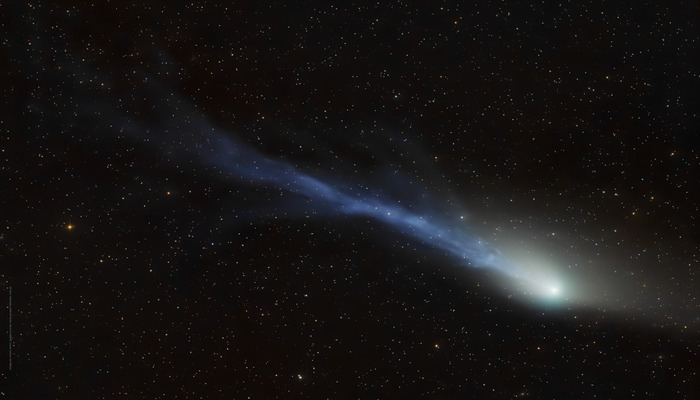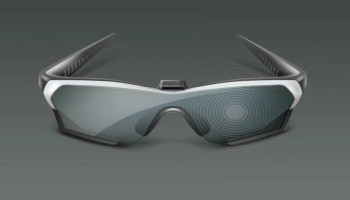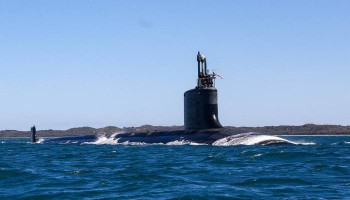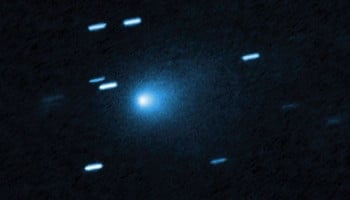
Comet 13P/Olbers, a Halley-type comet, is visible in the night sky for the first time since 1956. This rare opportunity is a treat for astronomers and sky enthusiasts alike. Comets are icy bodies that release gas and dust as they approach the Sun, creating a bright tail of debris that can be seen from Earth.
Comet 13P/Olbers, a Halley-type comet, became visible for the first time in 1956. According to the space observers, this comet is expected to become visible today (June 30) for the sky enthusiasts.
What's Comet 13P/Olbers
13P/Olbers is a short-period comet with an orbital period of 69 years. It was discovered back in the year 1815 by a German astronomer by the name of Heinrich Wilhelm Matthäus Olbers. Its diameter is about 1.4 kilometres in diameter, with an extremely elliptical orbit that takes it from the farthest parts of the solar system to its inner parts.
Read more: When will the next solar eclipse take place?
The comet is currently in the constellation Auriga. It's available in the Western horizon, about 2 hours after sunset. If you are among the skygazers you have to use binoculars, and with some luck, you will see it with the naked eye.
Moreover, you can also download an application from Sky Tonight that will show exactly where the comet is positioned across the horizon. A comet will be observable during the forthcoming weeks, though it will change brightness as it approaches the Sun.
Observation tips
- Use binoculars or a telescope to spot the comet
- Look for it in the constellation Auriga, on the western horizon, about 2 hours after sunset
- Download the Sky Tonight app to help you find the comet's position in the sky
Comet 13P/Olbers offers a rare chance to see a celestial event that won't happen again for another 69 years.
















